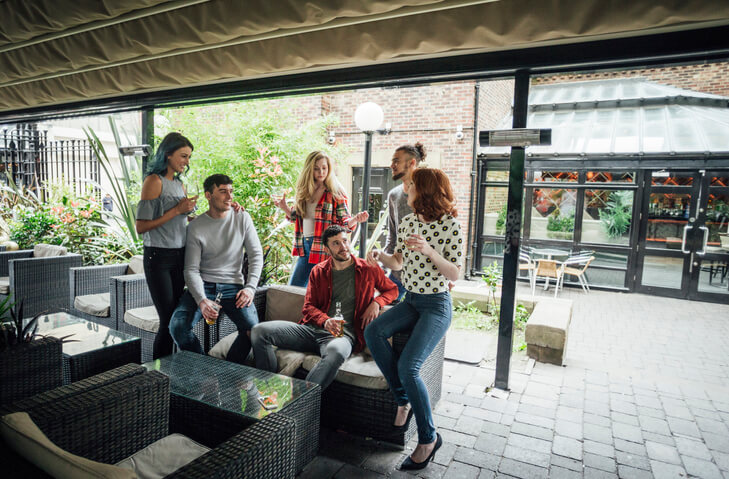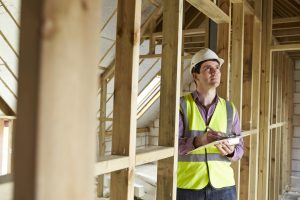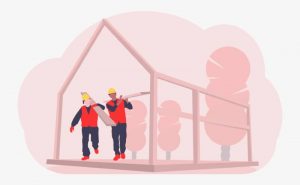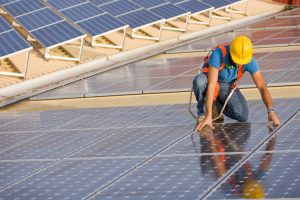Urban centers offer many advantages to their residents: public transportation, nearby amenities, hotspots of culture and activities. But, even among the crowded sidewalks and city trains, there’s often a pervasive theme: the sense of loneliness.
To be social is inherent in the human condition and, even with digital connections at an all-time high, people are still looking for a sense of connection in their community and living spaces. It may not initially come to developers’ minds, but their real estate planning and design can play a huge role in how connected a resident feels to not just their residential area but also their surrounding community at large.
CBRE’s Blueprint recently tackled this very idea. According to its report, 1.2 million older people are chronically lonely in the United Kingdom, and more than half of parents in that same country experience loneliness. It’s a dire situation for any developer to pay attention to, but especially those developers who focus on urban areas.

So, how can real estate developers play a role in reducing loneliness among residents? Here are four important steps you can take:
1. Building Community-Living Developments
Co-living developments are on the rise among younger generations, for good reason. These types of residences provide a sense of home and belonging, as well as other advantages such as cheaper rent, social events, and mutual responsibility for maintaining the property. It’s no wonder that co-living environments are particularly prevalent in larger, more expensive cities.
These residential developments provide an instant cure for loneliness. When you build co-living communities, you by design promote a relationship among your residents. It’s a win-win situation; developers have happy residents, and happier residents are more likely to stay at one residence for longer.
Co-living communities aren’t solely for younger people. A growing elderly generation in need of community and the flexibility of a rental can also be expected to embrace co-living developments, outside of traditional retirement and nursing homes.
2. Improving Walkability
Loneliness isn’t just a mental health issue; it affects physical health, as well. When a resident is active and physically healthy, they are more likely to be mentally healthy, too. After all, exercise gives you endorphins, which make you happy!
Developers can tackle the issue of loneliness from a physical perspective. When designing your developments, choose areas of town that are pedestrian-friendly or, at least, close to a local transportation hub. Not only will choosing locations walking distance from restaurants, retailers and workspaces increase the attractiveness of your units, it may also help your residents manage their loneliness by promoting physical exercises.
3. Emphasizing Health-Based Amenities
Similarly, you can include other health-based aspects in your residential developments. You can make it easy for your residents to stay physically fit with a fitness center or scheduled nutritional program. You can make sure your units’ kitchens come with the space and amenities for cooking at home. Implementing renewable energy resources can also make your residents feel better about their energy impact on the world and motivate them to take advantage of the healthy amenities you offer, whether that’s the close walking distance to work or the ability to work on their own.
Again, the healthier a resident is, the happier they will generally be — and the more likely to retain their residence in your development.
4. Incorporating Green Spaces
CBRE Blueprint suggests developers add green spaces and greenery — something as small as a plant in every room to a community garden — to their projects. Greenery is peaceful and brings a sense of serenity to an area; no one likes living in a concrete jungle.
Studies have shown that greened indoor spaces can boost morale, productivity and reduce stress, and those are all advantages you can offer to your residents. Millennials in particular are trending toward plant ownership and inclusion in their everyday life. You can make that easier for your residents by including these popular aspects from the start.
5. Paying Attention to Residents’ Needs
Loneliness can come from a lot of different sources. When you’re a developer, it’s not necessarily your job to identify and solve all of them. First and foremost, you want to create a healthy and happy place to live for your residents. But, paying close attention to your residents’ wants and needs can inadvertently play a role in reducing their loneliness levels. When a person feels fulfilled in their home life, it leaves them more time and energy to get out, explore and meet new people.
Making residents happy is a common-sense rule that many developers already adhere to, but now you know there’s a little more to meeting the needs of your residents than just meeting your bottom line and selling your units!



